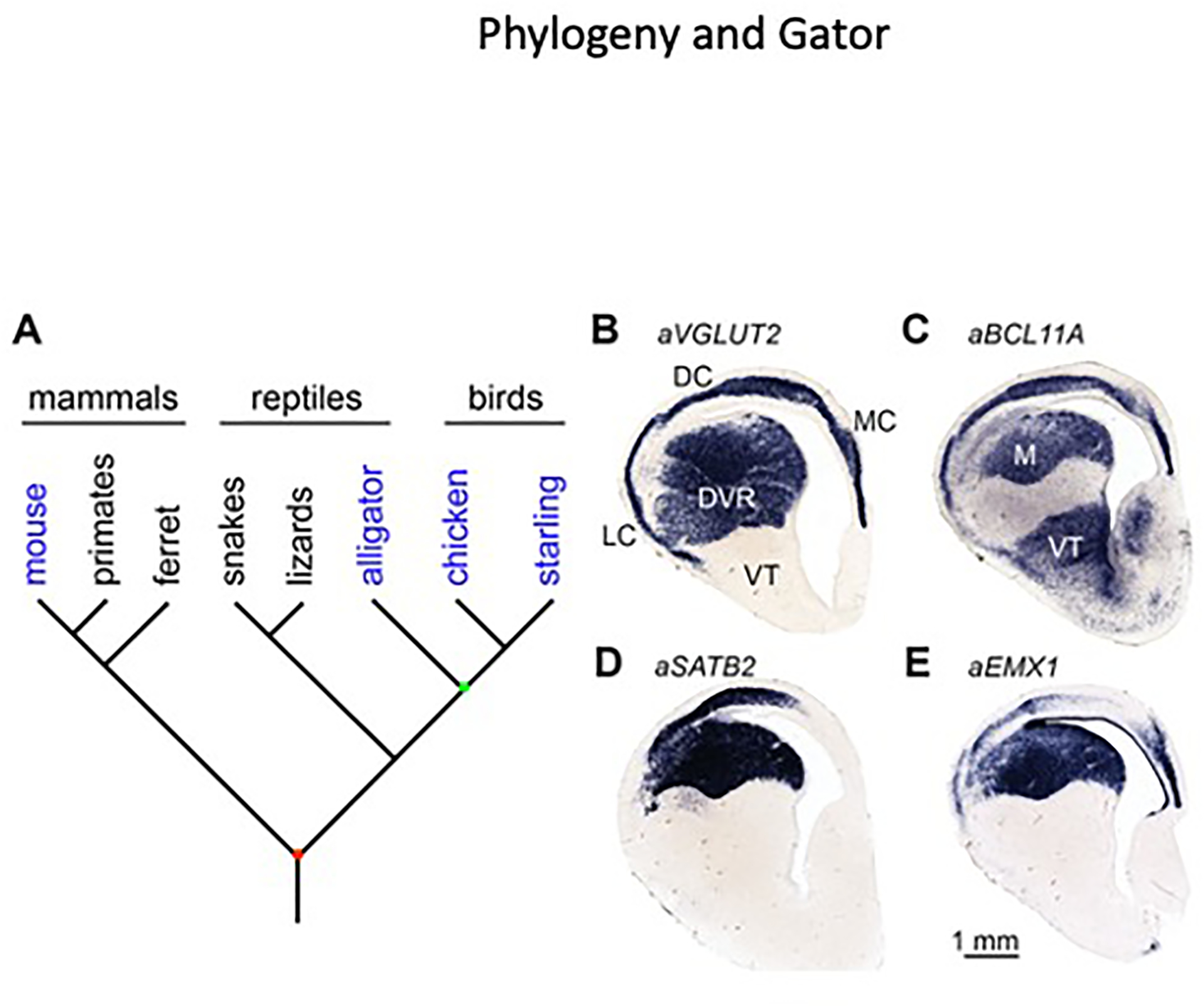Figure 5. Molecular identification of intratelencephalic neurons in the alligator dorsal cortex and DVR.

(A) Extant amniotes include mammals, reptiles, and birds. Species examined in this study are shaded in blue. Connectional and molecular data from mammals and birds raise the possibility that intratelencephalic neurons were present in the last common ancestor of amniotes (red node), an animal that lived approximately 320 million years ago. In this case we would expect to find intratelencephalic neurons in a reptile, barring secondary losses. Reptiles are paraphyletic with respect to birds, meaning there is no common ancestor of reptiles that is not also the ancestor to birds. Crocodilians including Alligator mississippiensis are more closely related to birds than are other reptiles. The last common ancestor of crocodilians and birds (green node) lived around 240 million years ago [44].
(B) Alligator VGLUT2 is expressed throughout the dorsal telencephalon, including the DVR and medial (MC), dorsal (DC), and lateral (LC) cortices.
(C–E) The avian mesopallium markers (C) BCL11A, (D) SATB2, and (E) EMX1 identify a crocodilian mesopallium (M) and a dorsal cortex cell population.
